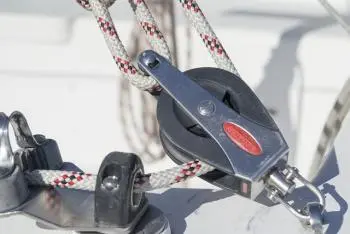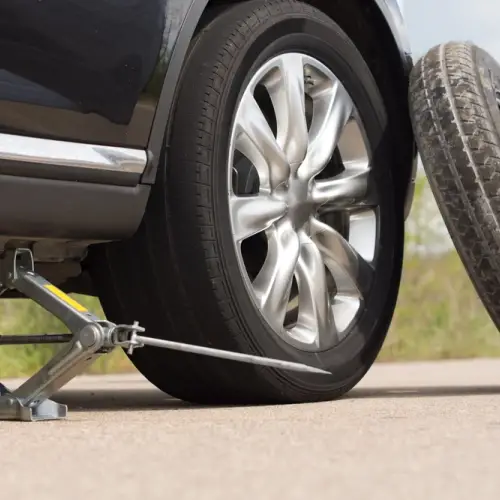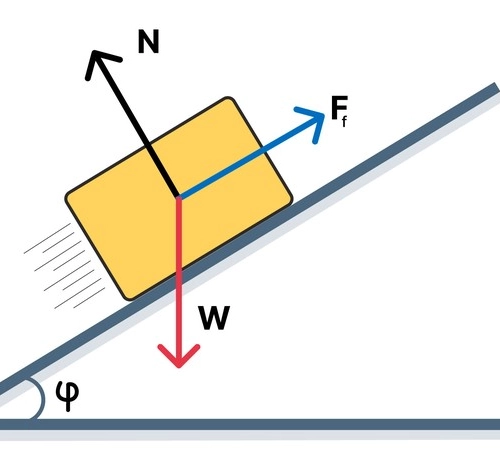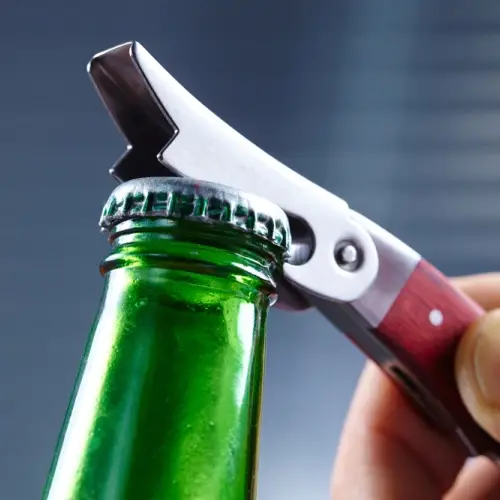
A simple machine is a mechanical device that uses force and motion to perform work. They are basic tools used to multiply or change the direction of an applied force, making it easier to perform work.
There are six main types of simple machines: the lever, the pulley, the wheel and axle, the inclined plane, the wedge, and the screw. Each type of simple machine uses an applied force to perform a specific job, such as lifting a heavy object, moving a load, or splitting an object into two parts.
Many tools and devices use these types of machines in their designs. Understanding these types of machines is fundamental to engineering and technology, and has been instrumental in the creation of most of the inventions and devices we use today.
Simple machines are situated within the field of mechanics in physics, especially within the branch of mechanics that focuses on the kinematics and dynamics of moving objects and the physical principles that govern them.
Functions of simple machines
 Each simple machine has specific functions that make work easier.
Each simple machine has specific functions that make work easier.
Some of the most important functions of these devices are the following:
- Multiplying Force : One of the main functions of simple machines is to increase the force we apply. Tools such as the lever, winch, and hydraulic jack allow us to apply a small amount of force at one end of the machine to generate a much larger force at the other end. This is especially useful when it comes to lifting or moving heavy objects.
- Changing the direction of force : Many simple machines, such as the pulley, allow us to change the direction in which we apply a force. For example, instead of having to lift a heavy load straight up, we can use a pulley to pull a rope straight down, which is much easier and safer.
- Changing the speed and control of motion : Some simple machines, such as the inclined plane or wedge, help us control the speed and motion of an object. An inclined plane, for example, allows an object to move down a steeper path more slowly, making it safer and requiring less effort than lifting it suddenly or pushing it outright.
Types of simple machines
 There are six main types of simple machines:
There are six main types of simple machines:
- The lever : A rigid bar that rotates around a fixed point called a fulcrum . Depending on the location of the fulcrum, the force applied, and the load, a lever can multiply the force, change the direction of the force, or increase the distance over which the force is applied. An everyday example is a nail puller, where a small force can generate a large force to pull out a nail.
- The inclined plane : This type of machine consists of an inclined surface that facilitates the movement of heavy objects from one level to another. An inclined plane reduces the amount of force required to lift an object by allowing it to be moved upward along a slope rather than lifted straight up. Ramps, used to lift loads onto vehicles or buildings, are classic examples of inclined planes.
- The pulley : A pulley is a wheel with a channel or groove through which a rope passes. Using a pulley allows the direction of the applied force to be changed, making it easier to lift objects. By combining several pulleys into a system called a hoist , we can greatly reduce the amount of force needed to lift a heavy object. Pulleys are essential in cranes, hoisting systems, and elevators.
- The screw : The screw is essentially an inclined plane wound in a spiral around a cylinder. It is used to hold or lift objects, and converts rotational motion into linear motion. When a screw is turned, a great deal of force is exerted on the surface where it is inserted, making it an essential tool in construction and carpentry.
- The wedge : The wedge is a triangular shaped device with a wide base and a sharp point. Its main function is to split objects by concentrating force at a specific point. Tools such as knives, axes or chisels use the wedge principle to cut or separate materials with a minimum amount of effort.
- The winch : The winch (sometimes called a wheel-axle) is a simple machine consisting of a cylinder around which a rope or cable is wound. As the cylinder is turned, the rope is wound in or out, allowing objects to be lifted or moved with less effort. Early water wells used a winch to raise the bucket from the bottom of the well, and it is still used today on cranes and hoisting mechanisms.
Examples of simple machines
Here are some common examples of simple machines and how they are used:
Lever

- Scissors : Each arm is a first-type lever, with the screw as a fulcrum, multiplying the applied force to cut materials.
- Nail Hammer : The back part acts as a lever, helping to extract nails with less effort.
- Nut Wrench : The long handle allows you to apply more force to loosen or tighten nuts.
- Bottle opener : Uses the edge of the bottle as a fulcrum, making it easy to remove the cap with a little force.
Inclined plane
- Ramps : They facilitate the movement of heavy objects to greater heights without having to lift them directly.
- Stairs : An inclined plane in the form of steps, which reduces the effort required to climb to different levels.
- Slides : They allow you to descend in a controlled manner, using gravity to facilitate movement.
Pulley
- Cranes : They use pulley systems to lift heavy materials, reducing the force required.
- Elevators : Pulleys that move elevator cabins, facilitating vertical transport in buildings.
- Curtains : Pulleys allow heavy curtains to be opened and closed by pulling a cord.
Screw
- Woodworking Screws : Convert rotary motion into linear motion, holding objects firmly.
Cradle
- Knives : The sharp shape of the wedge allows force to be concentrated in one point to cut materials.
- Nails : They facilitate insertion into surfaces by concentrating force at their tip.